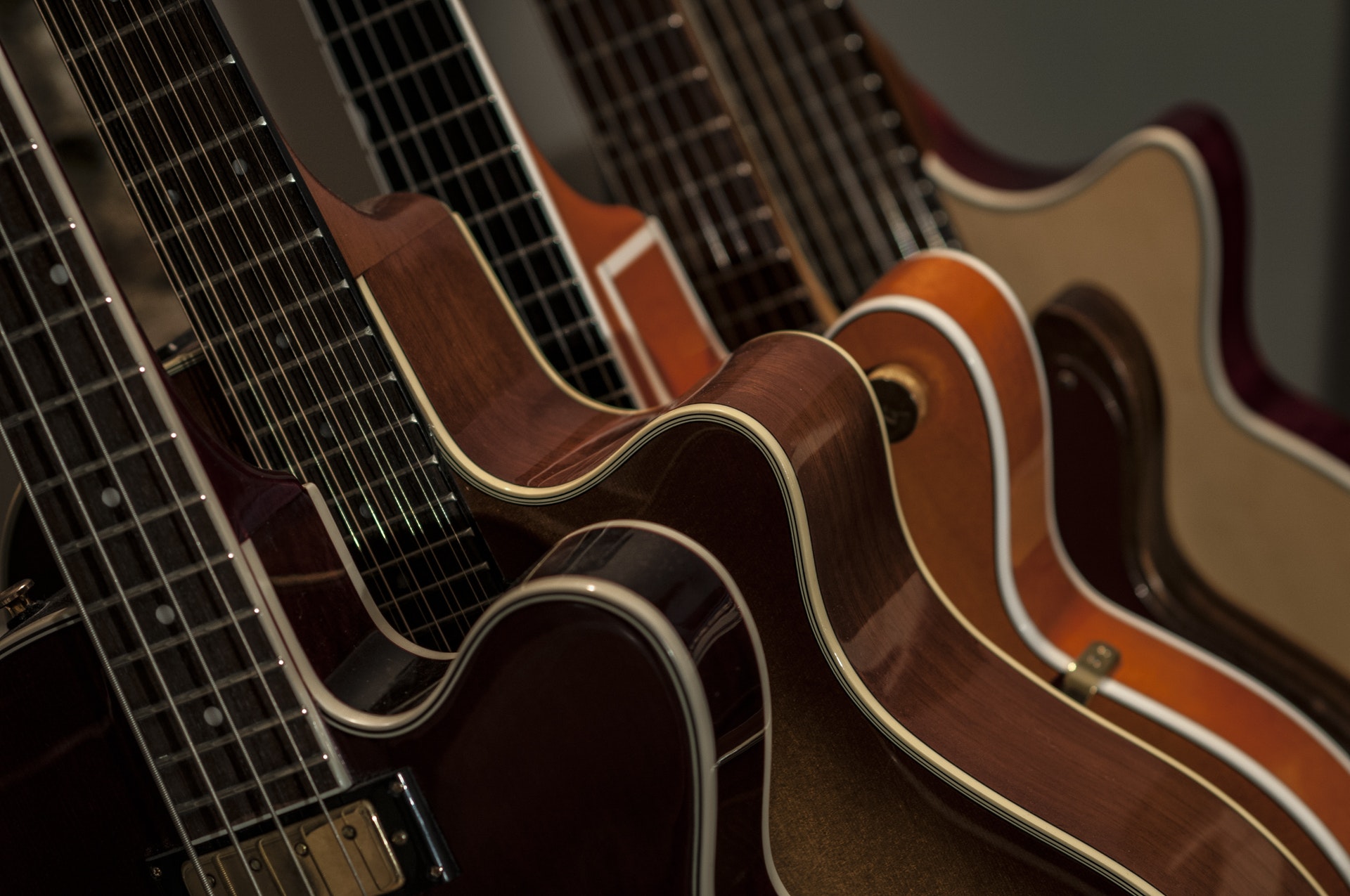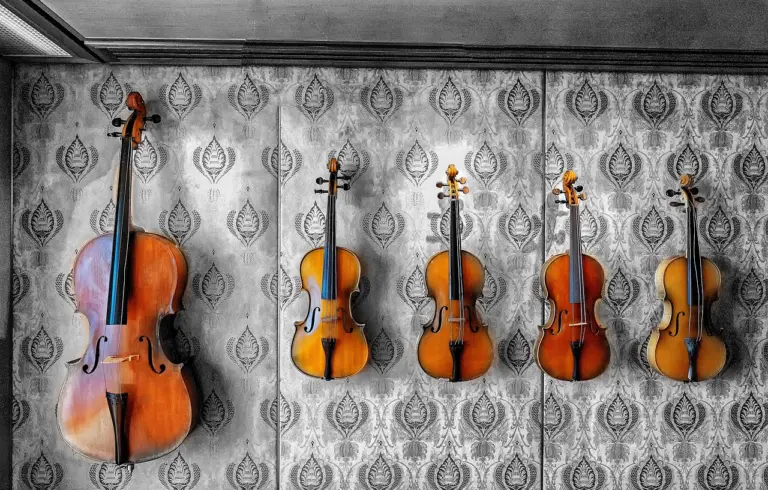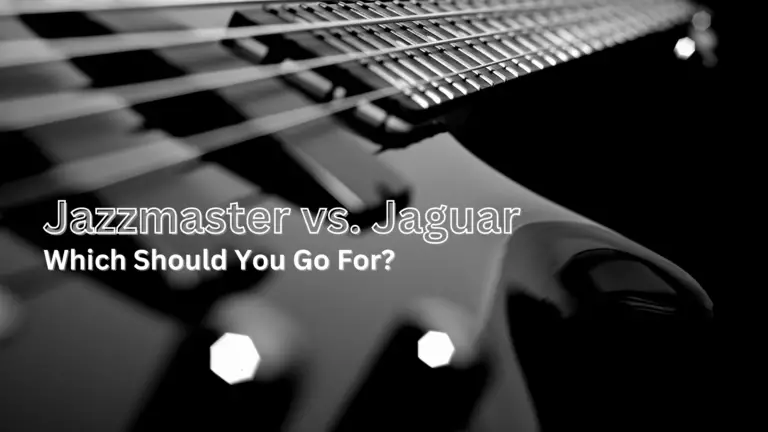What Types of Trumpet Mutes Are There?
Using different types of trumpet mutes gives musicians a chance to modify their sound. A chance to discover new tones and styles and enhance their playing.
The most common types of trumpet mutes include straight mutes, cup mutes, Harmon mutes, plunger mutes, and practice mutes, which are often found in different styles of jazz and classical music.
It might seem strange muffling the sound of a trumpet. However, they are tools that world-famous musicians such as Miles Davis & Louis Armstrong used during their careers.
With that in mind, mutes are something that beginner and expert players alike can experiment with at any time. So just what happens when you experiment with different types of trumpet mutes?
What Do Trumpet Mutes Actually Do?
As the name suggests, mutes are designed to muffle the sound of an instrument. Sitting inside the sound opening of an instrument, it produces an alternate sound compared to the natural open tones that the instrument provides.
Trumpet mutes are placed into the bell of the trumpet. By closing off the bell, it leaves much smaller gaps for air to escape, altering the sounds produced when air is blown through the mouthpiece.
Depending on the size and style of the mute, the sound effects are different when air is blown into it. These changes give a certain mute style their own characteristic and profile. By doing that, it means they become a tool for starring in different music genres.
It’s why they are a key tool for any keen trumpeter to master – a point well noted by Dr. Brian Weidner – Assistant Professor of Music Education at Butler University. “Mutes are a part of playing brass instruments,” Weidner explains. “They are specifically for creating change in timbre and can be appropriate for all levels of playing.”
Different Types of Trumpet Mutes
If you thought that a trumpet mute comes as one standard shape or size, think again. There’s a whole bevvy of mutes to explore. Each comes in different shapes, sizes and materials to give distinct properties to accentuate a sound.
Despite the different varieties at play, the types of trumpet mutes generally fall into two categories – standard and specialist mutes. So just what does this cover?
Standard Mutes
When it comes to trumpet mutes, standard mutes are the most common type of mute that you might use. These come in two distinct forms – the straight mute and the cup mute. Both are easily accessible and widely used in jazz and classical music.
Straight mutes
“Straight mutes are the workhorses of the brass world,” explains Dr. Weidner. “They really fulfill the role of the standard mute. This is particularly true in orchestras and bands.”
Straight mutes slot comfortably in the bell, mimicking their natural shape to slot into the instrument. When they sit in, you will generally hear the muffled sound when you play. However, the result of that sound will vary.
This comes down to what the mute itself is made from. Mutes can be made from all sorts of materials including metal, wood, fiberglass or plastic, giving a range of possible sounds you can hear.
“Metallic mutes are going to be brighter or buzzier – more piercing to many,” Weidner reveals. “Wood, fiber or plastic tends to be warmer leading some to even be dull.”
This versatility means straight mutes might never produce the same sound twice. It makes them perfect for players of all abilities to try and see what effects they can produce.
Cup mutes
Cup mutes look similar to the straight mute, but the addition of a bowl on the ends changes their role completely. It gives them more of an edge to the sound.
Adding the cup, the trumpet produces a generally higher pitch than it normally would. This means that you generally get much more mellow sounds with brighter notes hitting the ear.
Producing these sultry tones has made them a standard for jazz aficionados to use out on stage. They are often trumpeters’ main weapon when it comes to producing a quirkier sound to grab the audience.
Much like straight mutes, the material made to use them alters the final sound achieved. However, many are made from synthetic wood or metals to achieve the best result.
Specialty mutes
Many players will often stick to a standard mute when jamming or practising. However, more experienced trumpeters also experiment with other types of trumpet mutes to achieve particular sounds.
These speciality mutes not only generate particular effects, but the sounds made are instantly recognizable whenever you hear them.
Harmon/Wah Mute
When it comes to mutes, few types provide a more unique sound than what the Harmon mute does. These are hugely popular in jazz, producing much deeper sounds and generating a wealth of unique tones.
The Harmon mute practically stops any air from escaping from the bell as a player blows into it. Not only does it have a wider body than most, but the end also has a cork layer on the outside to essentially create a vacuum when playing.
With no air escaping, it forces the trumpeter to use the valves and their mouth shape to produce different sounds. It’s a style that is often used for much advanced players. For example, legendary jazz musician Miles Davis often used a Harmon mute to produce his unique tones.
Plunger Mute
Imagine getting a plunger and sticking it into your trumpet. Well, that’s exactly how the plunger mute came to be. And it’s also how it is still designed to this day.
Effectively, the plunger mute has an end reminiscent of a plunger head that slides into the bell of the instrument. However, unlike most types of trumpet mutes, plunger mutes won’t sit naturally unaided.
Instead, the player will need to hold it in place using their hand. As it is manipulated by the trumpeter, the movement means players can modify sounds in real time giving a more unpredictable edge to their end product.
Bucket Mute
The bucket mute is perhaps the most unique in the family. That’s because it doesn’t prevent any sound from coming out of the bell itself.
Instead, it sits on the body of the trumpet, capturing the air as it comes out of the trumpet. This effectively limits the distance that the sound travels as you play. It’s like playing into a wall or nearby object.
This means that you get a more natural sound but at a muted level than when left completely open. This is why they are often used in small auditoriums or within a classroom.
Practice Mute
If you want to truly silence your trumpet, then the practice mute is what you would need. These mutes are designed like a straight mute, but have extra material to stop air from escaping.
With the bell fully blocked, it means the trumpet makes very little noise grinding sounds to almost a whisper – another term for this style.
It is one that players might use for silent practice but is often a mute type that won’t be used in a live performance unless deliberately called upon.
FAQs
Are all types of trumpet mutes the same shape?
No – they are not. Each mute may share similar body traits, but the head of the mute will always be shaped differently. Some may be wider or narrower to alter sounds as well as made from alternate materials to create a unique sound further.
Are all types of trumpet mutes metal?
No – you will find that trumpet mutes will be made from different materials. You will find types of trumpet mutes made from metal, wood, plastic and fibreglass depending on what their end purpose might be.
Are trumpet mutes only for advanced players?
No – all types of players can use a trumpet mute to find new sounds. As elaborated upon by Dr. Weidner, using trumpet mutes “is appropriate at a fairly early point as they are appropriate for the music being performed.”
Conclusion
As you can see, there is a whole range of different types of trumpet mutes to explore and play around with. No matter what playing level you are at, they are something that gives your sound a real edge when you hit the stage. And learning their properties only helps you find the right mute for your needs.
More often than not, standard mutes such as the straight mute or cup mute will be enough to get you through depending on the type of music you are playing. However, using unique mute types such as the Harmon mute, bucket mute or plunger mute will give you the chance to find new sounds and discover what your signature style might be.









